International
assignment as Trainee with
Robert
Bosch GmbH in Campinas,
Brazil from August 2005 to January 2006. |
For
nearly halft a year I went with Bosch to Campinas, that lies close to Sao
Paulo. I my freetime and during a holiday I wanted to visit other parts of
the country. In the following I am describing some impressions of the
nicest spots I have visited during this time - from north to south.
|
|
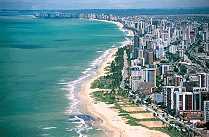
|
Recife
and Olinda (Pernambuco) The
city of Recife lies close to very nice beaches and is called because
of the many water channels the Venice of Brazil. Some kilometers north of
the city is the pituresque town Olinda. Narrow streets with cobblestone
pavement, colorful houses, ateliers, churches - this is Olinda. This town
has been considered a Unesco world heritage in 1982. |
|
Fernando
de Noronha (Pernambuco)
In
about 2 hours flight from Recife you can reach the volcano island Fernando de Noronha
- a archipel of 21 island - that lies lonely in the Atlantic Ocean.
Fernando de Noronha is a very expensive place from Brazilian people. The
prices for lodging and eating are about twice the price of the Brazilian
average. But it is worthwhile it! The beaches of the island are clean,
very beautiful and there are not many people. The water is so cristal
clear as I have never seen in my life before! A fantastic place!
|
|
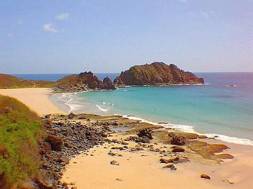 |
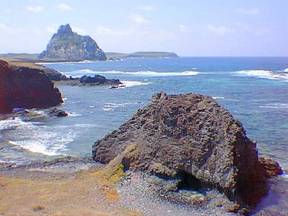 |
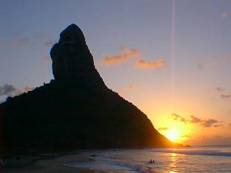 |
|
Salvador
(Bahia)
A
Brazilian proverb says Salvador has 365 churches – one for every day. In
the centre there is one church next to the other. You can see that
Salvador – founded 1530 – was once the most beautiful and most
powerful city of the country. The historic centre in the upper town is
linked with the port by a 70m high elevator. The Pelourinho square (once
the place where the slaves were whipped) is very picturesque. During the
day there are many tourists in Pelourinho but at night there is dancing
and party everywhere. Wherever you go you can hear African rhythm. |
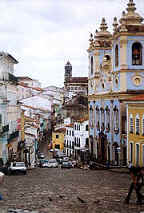 |
|
Ouro
Preto (Minas Gerais)
Minas Gerais was formed mainly by colonists who searched for veins of gold and gems, and later
diamonds. And still today there are many mines in this area. But also from
the cultural point of view this region is interesting: there are many
baroque churches and palaces in the small narrow towns.
In
Ouro Preto and its surroundings lived more than 300.000 people in the 18th
century because of the gold rush. It was well known as the rich town not
only within Brazil.
|
|
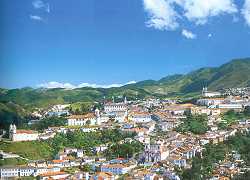 |
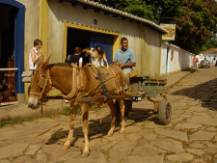 |
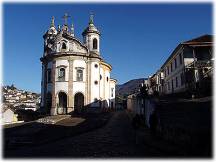 |
|
Pantanal
(Mato Grosso do Sul)
The
Pantanal is the biggest wetlands in the world covering parts of Brazil and two other
states, has been declared a World Biospheric Reserve by the UNESCO. It is a 200.000 sq. km area located in the upper Paraguay river basin in Brazil, close to the border with Bolivia and Paraguay.
This ecosystem, the size of Texas, consists of huge plains of marshy areas in which, during the rainy season (November to March), the rivers flood and the area becomes fully immersed in
water. Agriculture is naturally limited to rather simple cattle farming.
|
|
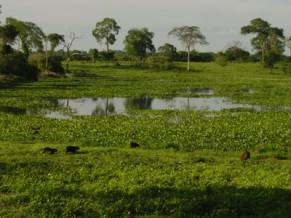 |
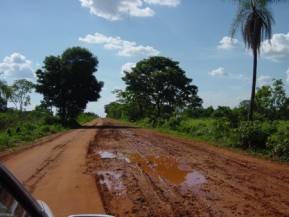 |
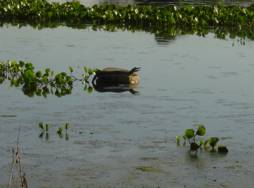 |
|
Rio
de Janeiro (RJ)
The
Must for every visitor of Brazil - and it is a unique city: Rio de
Janeiro! The view from the Christ redeemer is breathtaking!
|
|
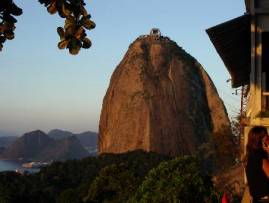
|
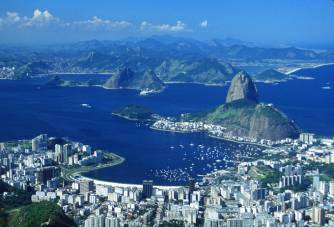 |
|
Parati
(Rio de Janeiro)
On
the coast line between Sao Paulo and Rio de Janeiro, there is the nice
little town Parati another world heritage in Brazil. The centre of the
town is prohibited for vehicles. Nice boutiques and restaurants are in the
streets that have cobblestone pavement. Parati is a very historic town. In
the 18th century the port was used in order to ship the gold from Minas
Gerais to Rio de Janeiro. In the following century it was an important
place for the exporation of coffee which was cultivated in the valley of
Paraíba in the staates of Rio de Janeiro and Sao Paulo. Today colonial
houses, churches and streets show the richness of the former times.
|
|
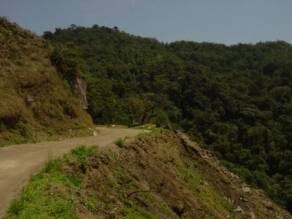 |
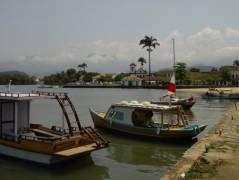
|
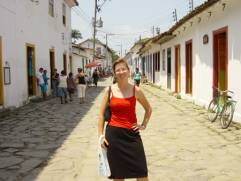 |
|
Sao
Paulo (SP)
Sao
Paulo - a moloch! Not only the biggest urban agglomeration in Latin
America but also the third biggest city in the world (after Tokio and
Mexiko-city) with about 20 Mio. inhabitants. Sao Paulo extends about
3.200 square kilometers: 80 km long and 40 km wide! Because of the vast
number of cars, Sao Paulo has a huge problem with traffic jams on weekdays.
The average inhabitant in Sao Paulo spends about 3 hours per day in
traffic jams. Therefore was created a system that cars can only be used on
certain weekdays depending on the number of the license plate.
Besides,
for richer people in Sao Paulo the helicopter is the commun means of
transport. there are about 400 helicopters in Sao Paulo - most of the
helicopter taxis that bring the rich customers in minutes to the desired
place.
|
|
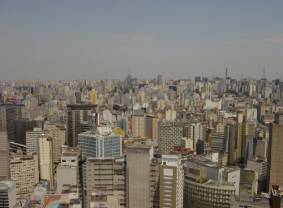 |
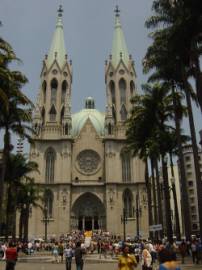 |
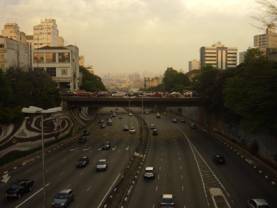 |
|
Morretes
(Paraná)
Close
to Curitiba there is a beautiful road called Graciosa which goes from the
mountains to the coast. The serpentines meander in the mata atlantica, the
atlantic forest. Hortensias are all along the way. The Graciosa goes to a
little town called Morretes with narrow streets and nice restaurants in
the middle of bananas plantations. |
|
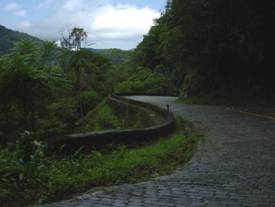 |
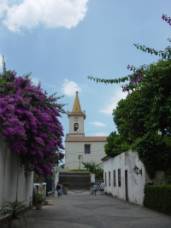 |
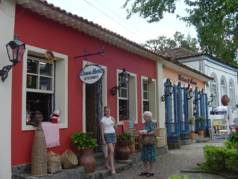 |
|
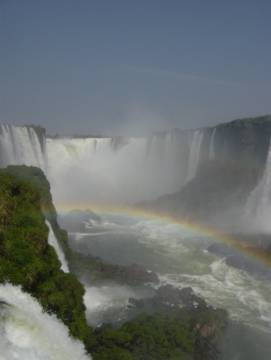
|
Foz
do Iguaçu (Paraná)
The
waterfalls of Foz do Iguaçu are gigantic. They spread more than 2
kilometros and the water falls up to 80 meters. The waterfalls are the
biggest in the world (broader than the Victoria Falls and higher than the
Niagara Falls). The Cataractas are in between a 2000 km2 National Park
"Parque National de Iguaçu", that the Unesco declared as World
Heritage in 1986.
|
|
|
|
|
Blumenau
and Pomerode (Sta. Catarina)
Pomerode
is said to be the „most German city of Brazil“. When going there you
have the impression to be in the black forest of Germany because you are
going through a hilly region with lot of forest. In Pomerode I found
German signs, German street names,... after this I went to Blumenau
(260.000 inhabitants) where about 40% of all inhabitants have German routs.
Especially in the town centre there are beautiful houses. Blumenau was
founded in 1850 by the German immigrant Hermann Otto Blumenau and is well
known for its Octoberfest! |
|
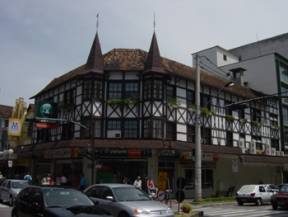 |
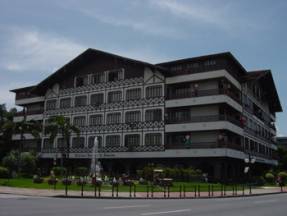 |
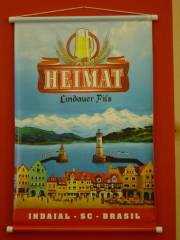 |
|
|
|
|
Florianópolis
(Sta. Catarina)
The
city of Florianópolis (about 333.000 inhabitants) lies on an island with
is 40 km long and 15 km wide. The island has more than 40 beautiful
beaches. Some of the I have visited during my stay. I especially enjoyed
the walking trails on the island. You can walk for hours without meeting
anybody and finally reaching a beach you are alone! And this in high
season - that was incredible for me!
|
|
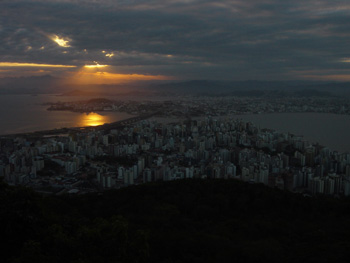 |
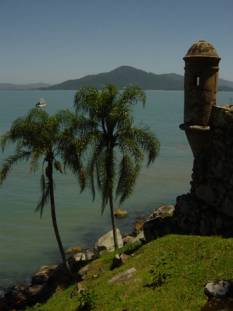 |
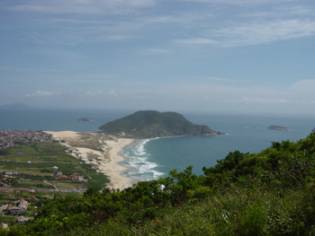 |
|
|
|
Gramado
and Canela (Rio Grande do Sul)
Gramado
and Canela - 2 towns that lie on the romantic road in the south of
Brazil, in Rio Grande do Sul. They are pituresque tourist towns that go
back to a foundation of German settlers. There are houses in the special latticed framework
stile, hortensias, margaritas,... especially by night Gramado is a
beautiful illuminated town. Canela
is famous for its church Igreja Matrix de N.S. de Lourdes. It is 65 m high
and was constructed in 1953. |
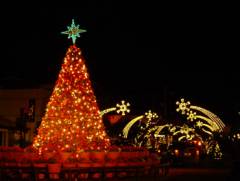 |
 |
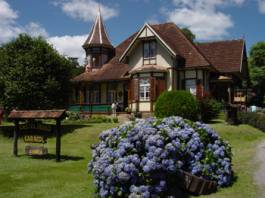 |
|
|
|
|
|
Cambara
do Sul (Rio Grande do Sul) Cambara
do Sul in the Serra Gauchá - a town that has not many things! But the
region around it is worthwhile a visit! It is a region with the highest
concentration of canyons in the world! I visited the
Canyon de Fortaleza,
which is 9 km long, about 900 m deep and
maximal 1500 m wide. After the clouds went away in the morning, I had a
fantastic view! Besides, I visited the Canyon Itaimbezinho which is also
called the „Green Grand
Canyon“. It is up to 720 m deep, up to 2000 m wide and 7 km long -
simply impressive. |
|
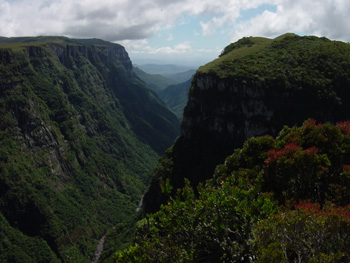
|
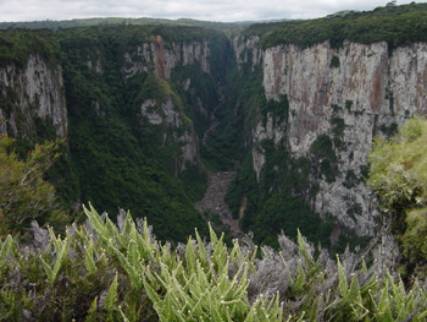 |
|
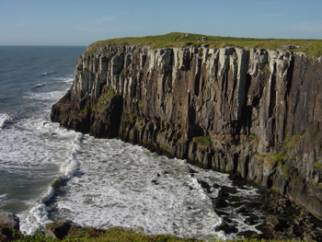 |
Torres
(Rio Grande do Sul)
Torres
– a glamouros town at the coast – is well known for the Guaritas –
unique, bizarre formations of basalt at the beach. |
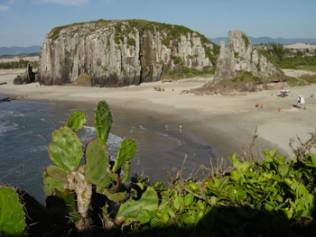
|
|
Altogether
a unforgetable stay with numerous impressions! |
